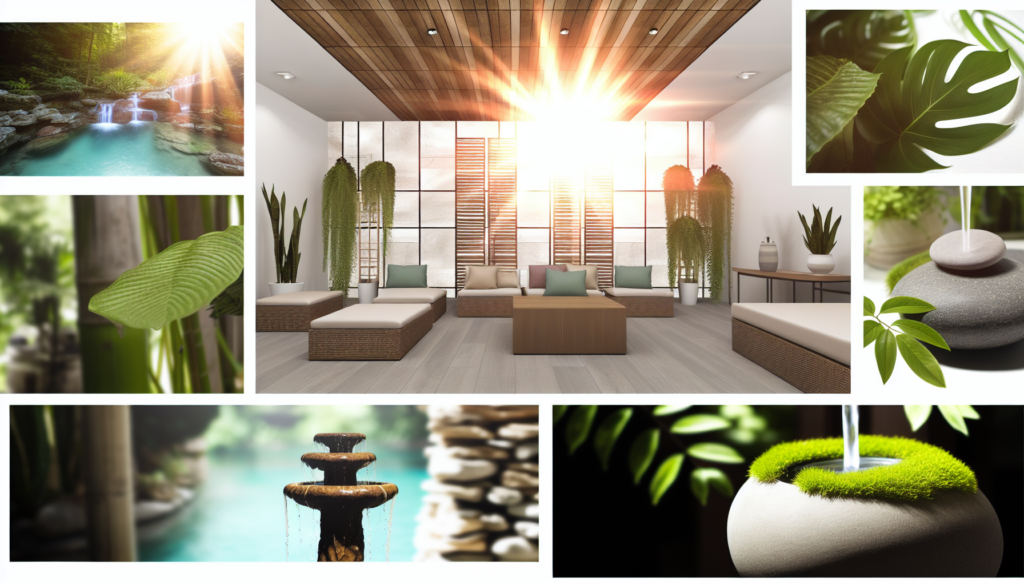Understanding Biophilic Design: A New Approach to Enhance Home Health Care
Did you know that there’s a new approach that could improve not just the aesthetic of one’s home, but also contribute to the well-being of its inhabitants? It’s called Biophilic design!
Biophilic design is a concept rooted in our inherent need for a connection with nature. This connection can immensely benefit our health, wellness, and overall mood, making it a perfect aspect to incorporate into home health care setups.
Now, you might ask, “How can this apply to me or my patients?” If you’re interested in creating a healthier, more holistic environment for home health care, read on to delve into the world of biophilic design.
What is Biophilic Design?
Biophilic design is the incorporation of natural elements – like sunlight, plants, water features, and natural textures – into architectural design. The term ‘biophilia’ comes from the Greek language which means ‘love of life or living systems.’ It emphasizes a human’s innate attraction to nature and natural processes.
Research studies have shown that environments with biophilic elements can reduce stress, enhance creativity, and improve our well-being. For home health patients, who spend a lot of their time indoors, this design approach can create a more comfortable, calming environment.
How to Incorporate Biophilic Design for Home Health Care
Wondering how you can bring biophilic design into your home or a patient’s environment? Here are some tips:
- Maximize Natural Light: Natural light can have a positive impact on mood, sleep, and overall health. Consider rearranging furniture to allow more sunlight into the room, or invest in light-filtering curtains instead of heavy, dark window treatments.
- Bring in Greenery: Having plants indoors can improve air quality and provide a sense of calm. Plants like Peace Lily, Spider Plant, and Snake Plant are low maintenance and can thrive indoors.
- Use Natural Materials: Incorporate furniture and decor made from natural materials like wood, bamboo, stone, or cotton. The textures and warmth of these materials can elicit a sense of comfort and tranquility.
- Add Water Elements: The sound of running water can help reduce stress and promote relaxation. Consider incorporating an indoor water fountain or custom soundscape via a sound machine.
Benefits of Biophilic Design for Home Health Patients
For home health patients, biophilic design can contribute significantly to their wellness. Here’s how:
- Improves Mental Well-being: A natural setting can provide a sense of calm and peace, reducing feelings of stress or anxiety. It can also stimulate the senses, enhancing cognitive function and promoting mental agility.
- Enhances Physical Health: The elements of biophilic design, such as sunlight and plants, can help maintain a healthier indoor climate, improving respiratory health, and promoting healthier sleep patterns.
- Promotes Healing: Through the biophilic concept of ‘healing environments,’ natural elements can contribute to a patient’s healing process. Studies suggest that viewing nature can lead to decreased heart rates and lower blood pressure, supporting recovery.
In the realm of home health care, it’s crucial to go beyond traditional care methods. Exploring approaches like biophilic design may not only create a health-supportive environment, but also inspire a greater appreciation for the synergy of health and nature. The impact of our surroundings on our well-being is profound, making it worth incorporating into our or a loved one’s health care journey.
After all, in striving for health, every detail counts – and in creating a space that breathes life, we may just find ourselves becoming more revitalized, too.



